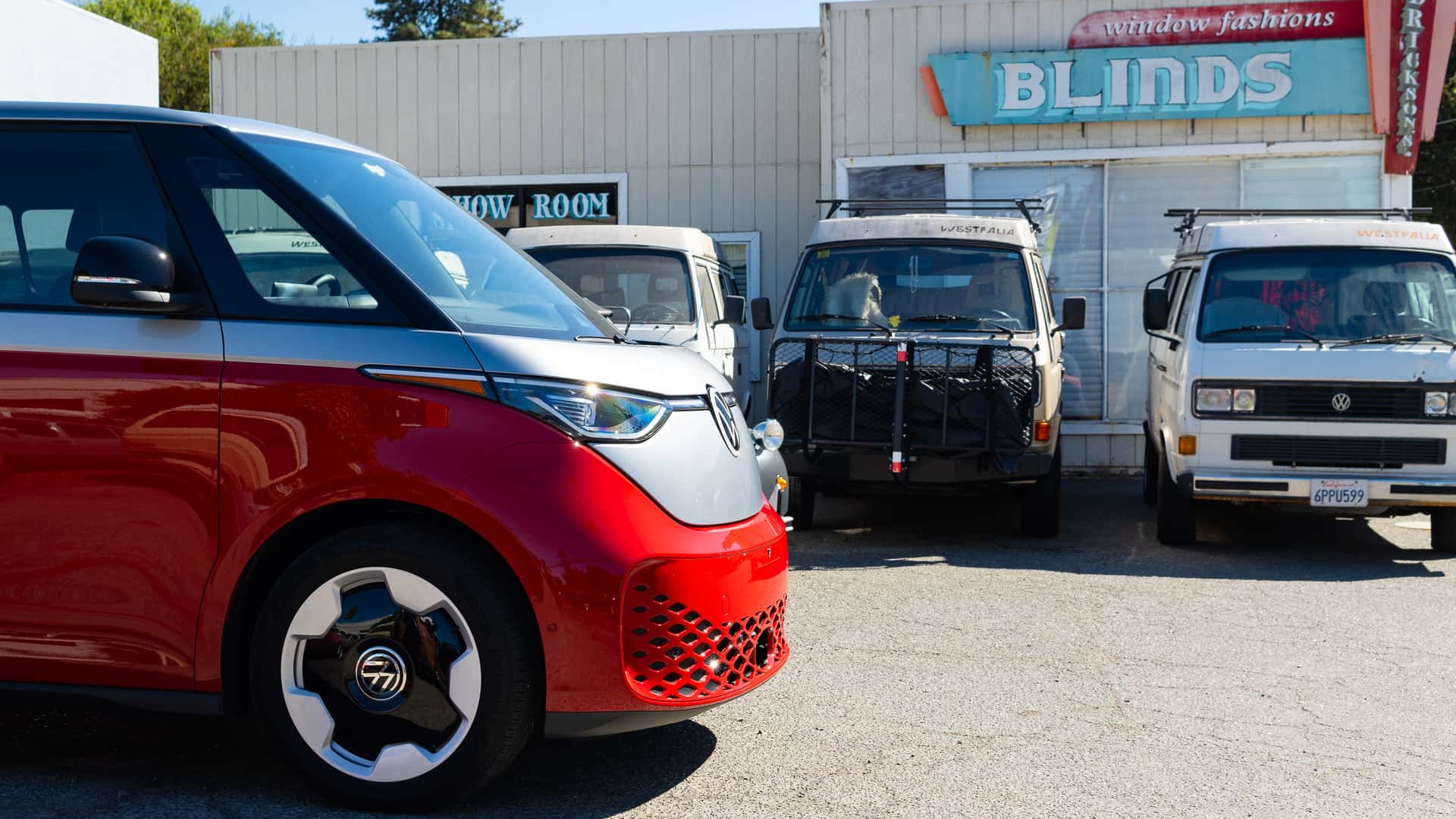
"Imagine, for instance, that you are designing a 3,000 to 6,000 pound object that is going to be operated by untrained consumers in all conditions, every day. What should a giant machine do if, while it is being operated, the operator suddenly passes out, has a stroke or gets distracted and removes all inputs? The obvious answer is that it should stop."
"Creep is the tendency of a vehicle to roll forward when in gear, even when you're not pressing the throttle. It was not a natural feature of the automobile; for the first 50-ish years, almost all cars had manual transmissions, which do not creep. General Motors introduced the Hydra-Matic transmission in 1940, ushering in the era of automatic transmissions. Automatics were sold as a luxury feature, freeing drivers from the chore of shifting."
Electric vehicles and gasoline cars both contain design compromises, many of which have become normalized despite posing safety risks. Vehicles can weigh 3,000–6,000 pounds and, when an operator loses control or removes inputs, the safest behavior is to stop; automakers instead have accepted automatic-transmission creep that allows two-ton machines to roll at 1–5 mph until they hit something. Creep originates from the Hydra-Matic automatic transmission introduced by General Motors in 1940 and replaced manual clutches. Automatics were marketed as a convenience and ultimately dominated the market, embedding 1940s-era behavior into modern vehicle design, including voluntary creep in some models.
Read at insideevs.com
Unable to calculate read time
Collection
[
|
...
]